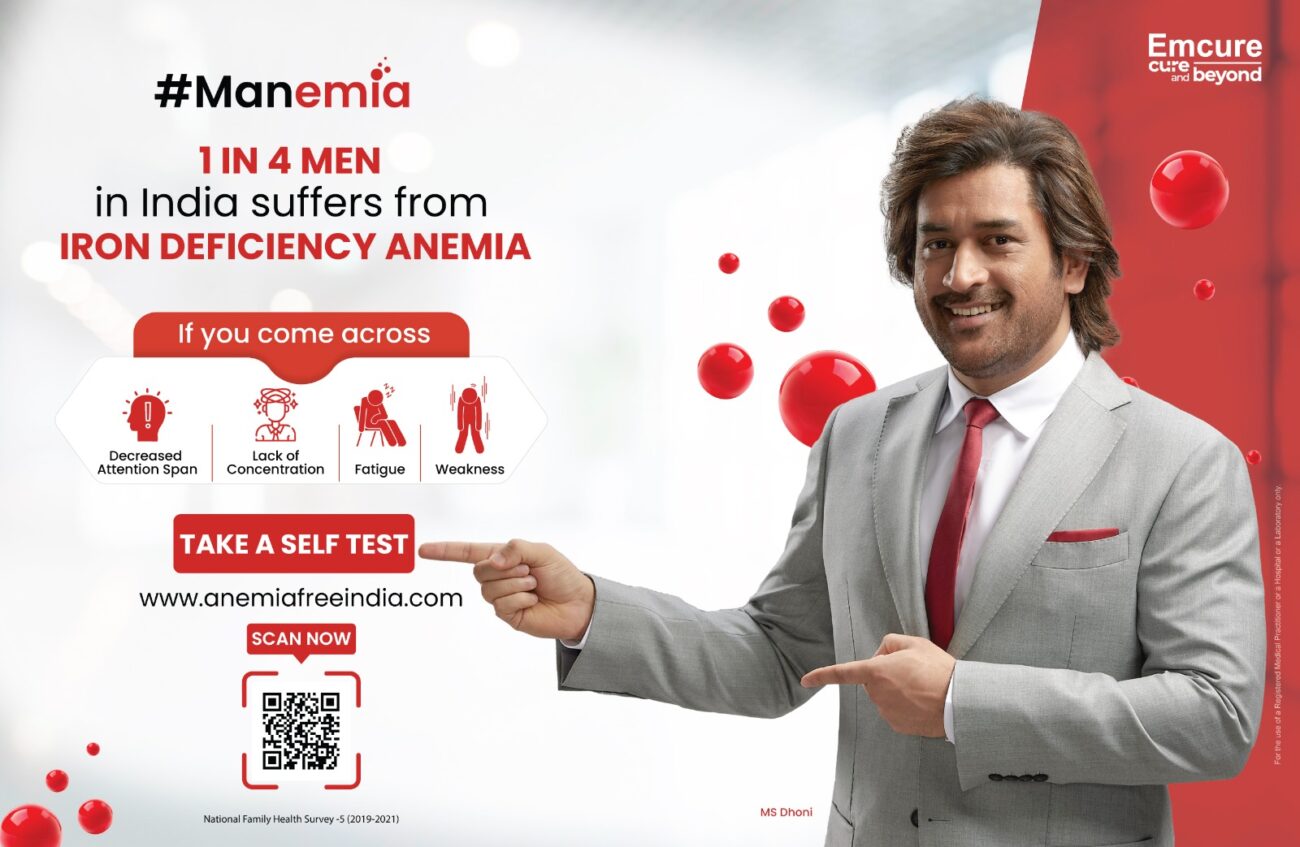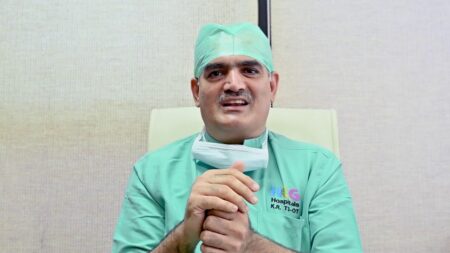Pancreatic Cancer: Unmasking the Silent Killer Affecting India
Dr. Raghavendra Ramanjulu, Lead Consultant - Palliative Medicine & Rehabilitation, Aster CMI Hospital, Bangalore Pancreatic cancer, often dubbed the “silent killer,” is one of the deadliest forms of cancer due to its asymptomatic onset and rapid

Dr. Raghavendra Ramanjulu, Lead Consultant – Palliative Medicine & Rehabilitation, Aster CMI Hospital, Bangalore
Pancreatic cancer, often dubbed the “silent killer,” is one of the deadliest forms of cancer due to its asymptomatic onset and rapid progression. Globally, it remains a significant cause of cancer-related deaths, but its rising prevalence in India is a growing concern. With limited awareness, delayed diagnosis, and inadequate access to healthcare, pancreatic cancer poses a serious public health challenge in the country.
Causes
Pancreatic cancer begins when cells in the pancreas grow uncontrollably, often forming a tumor. While the exact cause is not always clear, several factors increase the risk:
- Tobacco Use: Smoking is a leading risk factor. Smokers are two to three times more likely to develop pancreatic cancer than non-smokers.
- Dietary Habits: Diets high in red and processed meats, fried foods, and sugary beverages are linked to higher risks.
- Alcohol Consumption: Chronic heavy drinking can lead to pancreatitis, a condition that raises the likelihood of cancer.
- Obesity and Diabetes: Both conditions are associated with higher rates of pancreatic cancer.
- Genetic Predisposition: Family history and genetic mutations, such as BRCA1 and BRCA2, contribute to a small but significant percentage of cases.
- Chronic Pancreatitis: Long-term inflammation of the pancreas, often related to gallstones or alcohol use, is a known precursor.
Symptoms:
One of the reasons pancreatic cancers is so deadly is its lack of clear symptoms in the early stages. By the time noticeable signs appear, the disease has often advanced. Common symptoms include:
- Abdominal and Back Pain: Persistent pain in the upper abdomen or radiating to the back.
- Unexplained Weight Loss: Sudden, unintentional weight loss without dietary changes.
- Jaundice: Yellowing of the skin and eyes, often accompanied by dark urine and pale stools, caused by bile duct obstruction.
- Loss of Appetite: A significant decline in eating habits or a feeling of fullness after small meals.
- Fatigue: Chronic tiredness and weakness.
- New-Onset Diabetes: Sudden diabetes in individuals without a prior history can be an early indicator.
Diagnosis:
Diagnosing pancreatic cancer early is critical but challenging due to its deep-seated location and lack of early symptoms. Methods used include:
- Imaging Tests: Ultrasound, CT scans, and MRIs are essential for identifying abnormalities.
- Endoscopic Ultrasound (EUS): Provides detailed imaging and allows for biopsies.
- Blood Markers: Levels of CA 19-9 and CEA (carcinoembryonic antigen) can help, but these markers are not definitive.
- Biopsy: A sample of tissue is examined to confirm the presence of cancer.
Emerging diagnostic tools, such as liquid biopsies and molecular profiling, show promise for earlier and more accurate detection.
Statistics
Pancreatic cancer is less common than other cancers in India but is among the most lethal. According to the Globo can 2020 report, approximately 13,000 new cases of pancreatic cancer are diagnosed annually in India, with about 12,000 deaths attributed to the disease. The 5-year survival rate remains extremely low, estimated at less than 5%, primarily because over 80% of cases are detected at advanced stages.
Urban areas report higher incidences due to lifestyle factors like smoking, sedentary behavior, and unhealthy diets. Additionally, late diagnosis is a significant issue in rural regions due to inadequate access to healthcare and diagnostic facilities.
Pancreatic cancer is a formidable challenge, but greater awareness, prevention, and timely intervention can make a difference. Adopting a healthy lifestyle—quitting smoking, moderating alcohol consumption, and maintaining a balanced diet—can reduce risks. High-risk individuals, such as those with a family history or chronic pancreatitis, should undergo regular screenings.
With advancements in targeted therapies and immunotherapy, there is hope on the horizon. However, the key lies in early detection and public education.
Pancreatic cancer may be a silent killer, but through proactive measures, we can amplify the fight against this devastating disease in India and beyond.






